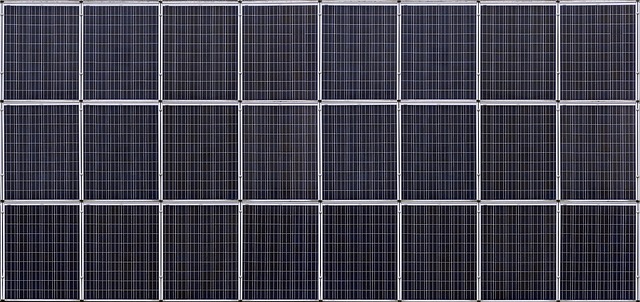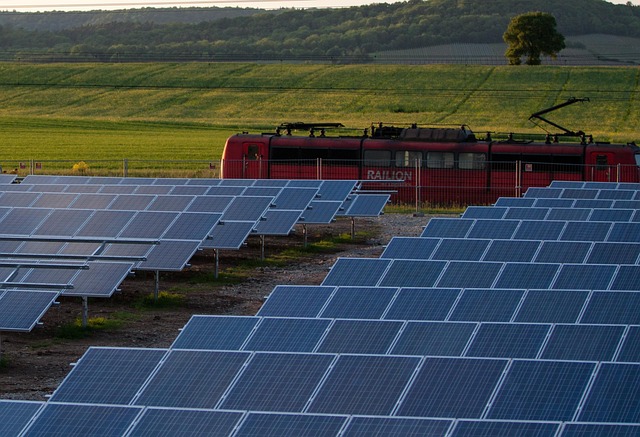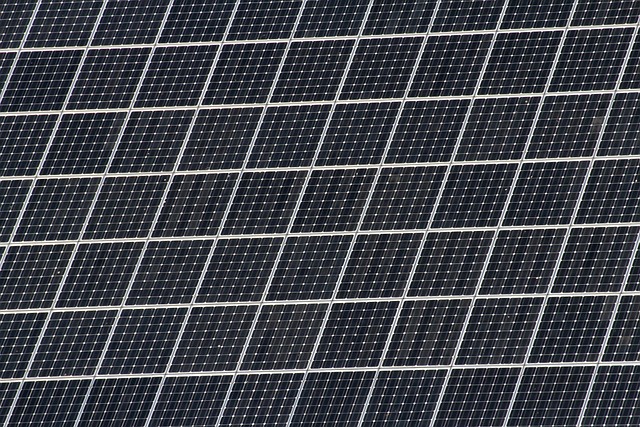The Solar Energy Landscape: Trends and Predictions for the Future
As the world grapples with the pressing realities of climate change and the urgent need for sustainable energy solutions, solar energy continues to emerge as one of the most promising fields for development. With an abundance of sunlight available and technological advancements driving down costs, solar energy not only accommodates our current energy needs but also serves as a critical pillar for a more sustainable future. This article delves into the current trends in solar energy, practical applications, and predictions for its future trajectory.
Current Trends in Solar Energy
As we navigate through the 21st century, various trends are shaping the solar energy landscape. These trends reveal how solar energy is being integrated into our society and underscore the growing significance of this renewable resource within the energy sector.
Technological Advancements
One of the most impactful drivers of growth in solar energy is the continuous evolution of technology. Innovations in solar panel efficiency, storage solutions, and installation techniques are making solar systems more effective and accessible. Recent developments, such as bifacial solar panels that can generate energy from both sides, and transparent solar panels tailored for windows, showcase the cutting-edge research in photovoltaic technologies.
Cost Reductions
Over the past decade, the cost of solar energy has plummeted. According to the International Renewable Energy Agency (IRENA), the price of solar photovoltaic (PV) systems has dropped by approximately 85% since 2010. Such reductions are attributed to improved manufacturing processes, economies of scale, and increased competition within the market. This trend is expected to continue, opening doors for wider adoption across residential, commercial, and industrial sectors.
Energy Storage Solutions
The integration of energy storage technology with solar energy systems is revolutionizing the way solar energy is utilized. Battery storage enables the capture of excess energy generated during peak sunlight hours for use when the sun isn’t shining. This shift toward a more resilient grid and balanced supply of energy is an essential advancement, as it enhances reliability and encourages more consumers to consider solar energy as a viable option.
The Role of Policy and Regulation
Government policies and regulations have a significant influence on the solar energy landscape. Many countries are implementing renewable energy targets, incentives, and rebates to boost solar energy adoption. Legislative measures such as tax credits for homeowners who install solar panels, mandates for renewable energy usage, and investment in grid infrastructure are shaping the future of solar energy.
In the United States, the federal Investment Tax Credit (ITC) supports solar installations by allowing homeowners and businesses to deduct a significant percentage of installation costs from their federal taxes. Such policies not only make solar energy more financially feasible but also stimulate economic growth through job creation within the renewable energy sector. Other regions globally are observing similar shifts – countries in Europe and Asia are now fiercely competing in the solar market, setting ambitious renewable energy targets to promote solar installations.
Environmental Impact and Sustainability
Transitioning towards solar energy has multifaceted environmental benefits. The reduction in greenhouse gas emissions is a primary advantage, as solar energy systems produce electricity without direct emissions. As fossil fuels are gradually phased out, the dependency on cleaner energy sources will improve air quality and lead to a healthier planet.
Moreover, solar energy products are increasingly being designed with sustainability in mind. For instance, manufacturers are exploring more eco-friendly approaches for producing solar panels, such as using recyclable materials and focusing on reducing toxic waste during production. By emphasizing sustainable practices, the solar industry not only sets an example for other sectors but also aligns with rising environmental awareness among consumers.
Adoption and Market Trends
The uptake of solar energy is rising dramatically across various segments—residential, commercial, and utility-scale installations are all experiencing growth. Homeowners are increasingly opting for solar panels not just because of environmental concerns, but also due to long-term savings on energy bills and rising electricity costs.
Commercial enterprises are also recognizing the value of solar energy. Many companies view solar installations as a strategic investment that enhances their brand image while actively contributing to corporate social responsibility goals. As will be discussed later, large corporations like Google, Apple, and Walmart are now prioritizing renewable energy, with commitments to comprehensively utilize solar energy in their global operations.
Global Solar Energy Landscape
The global solar energy market is expanding in response to various regional dynamics. Emerging economies, particularly in Africa and Asia, are beginning to adopt solar energy technologies as a solution to energy access challenges. For instance, countries with abundant solar resources but lacking in energy infrastructure are deploying solar microgrids to provide electricity to remote areas where traditional grid installations aren’t feasible.
In contrast, developed countries are focusing on enhancing the efficiency of existing solar installations and integrating them with smart grid technologies. As these nations reach a saturation point, the improvement of existing solar energy systems will become central, paving the way for optimization strategies and technologies that enhance output and efficiency to meet growing electricity demands.
Predictions for the Future
Looking ahead, the solar energy landscape is poised for significant growth and diversification. A multitude of factors will influence this trajectory, ranging from technological innovations to societal acceptance of renewable energy sources.
Continued Cost Reductions
As manufacturing technologies continue to evolve, further reductions in the cost of solar panels and associated equipment are anticipated. Improvements in supply chain management and increased competition among manufacturers will likely enable consumers to access affordable and high-quality solar solutions.
Advancements in Smart Energy Technology
The incorporation of Artificial Intelligence (AI) and the Internet of Things (IoT) in solar energy systems will revolutionize the efficiency of energy production and consumption. Smart solar inverters, automated energy management systems, and predictive analytics will help optimize solar energy outputs and improve system reliability for users. This interconnected approach will not only enhance energy efficiency but also contribute to a more stable grid.
Integration with Electric Vehicles (EVs)
The rising popularity of electric vehicles will create more opportunities for synergy with solar energy systems. Homeowners with solar panel installations will be able to charge their EVs using clean energy, thereby reducing overall carbon emissions even further. As EV adoption continues to grow, the demand for integrated solar and storage solutions will also rise. In this evolving dynamic, solar energy will play a crucial role in enabling sustainable transportation.
A Shift toward Climate Resilience
Climate change is forcing governments and organizations to prioritize resilience in their planning and infrastructure. Solar energy systems, particularly when coupled with energy storage, can provide relief against climate-related disruptions, such as extreme weather events. Policymakers will increasingly recognize the importance of investing in solar energy systems not just as a renewable resource, but as a component of climate adaptation strategies.
Broader Energy Access Through Decentralization
As the world continues to seek solutions for energy access challenges, decentralized solar systems will gain traction. Off-grid and community solar projects will empower more people to generate their electricity locally, reducing their reliance on conventional power sources, especially in regions that suffer from energy poverty. This decentralized approach will foster energy independence and resilience, particularly in remote areas across Africa and parts of Latin America.
Conclusion
The solar energy landscape is dynamic, reflecting technological innovation, cost reductions, and shifting societal norms. As we head into a future that demands sustainability, the growth and adoption of solar energy are more vital than ever. The convergence of renewable energy technologies, government policies, and heightened awareness of climate change is paving the way for a brighter, cleaner, and more energy-efficient tomorrow. By embracing the solar energy revolution, we can empower individuals, enhance energy security, and contribute to the preservation of our planet for generations to come.



